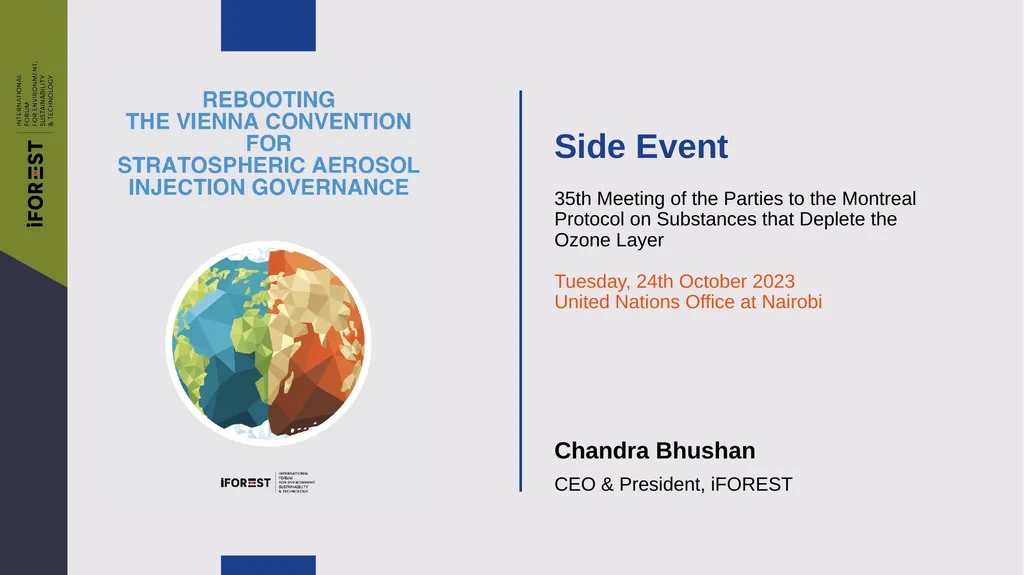
Side Event 35th Meeting of the Parties to the
Author: conchita-marotz | Published: 2025-06-27
Description: Side Event 35th Meeting of the Parties to the Montreal Protocol on Substances that Deplete the Ozone Layer Tuesday, 24th October 2023 United Nations Office at Nairobi Chandra Bhushan CEO President, iFOREST Evolution of SAI Impractical
Download Presentation
Download the PPT/PDF: Download
Transcript:
Loading transcript…